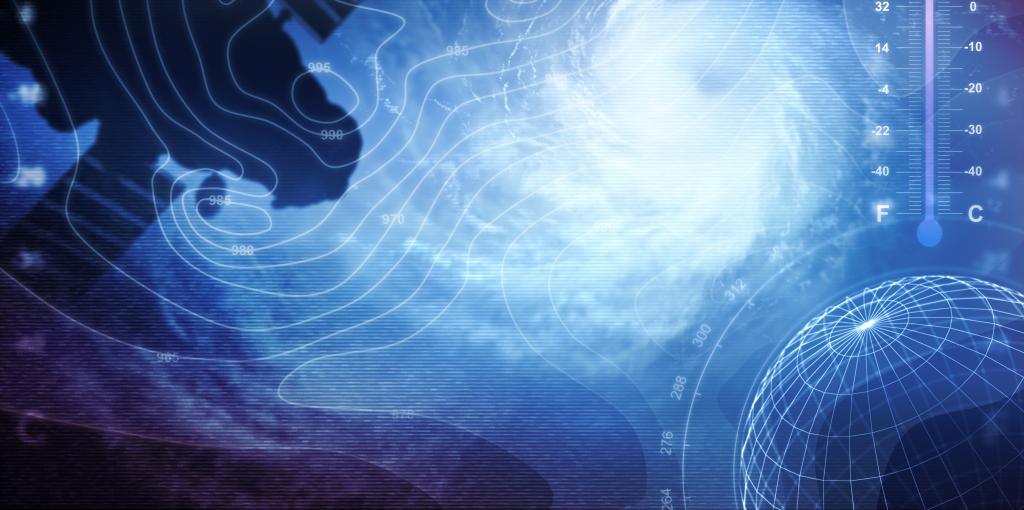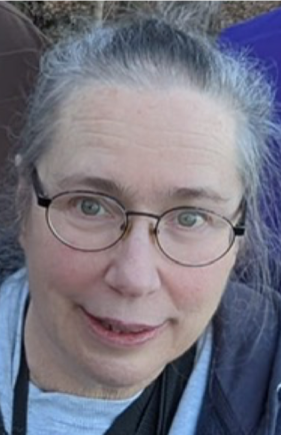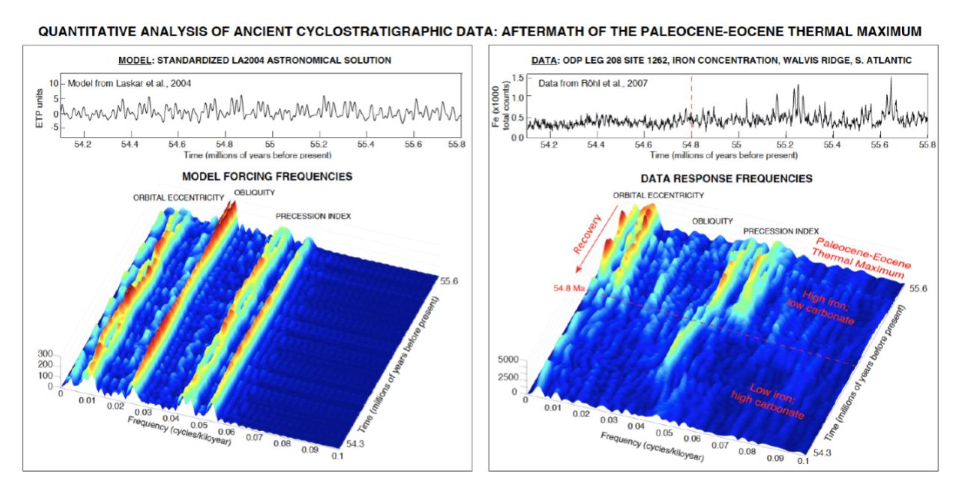Admission CTAs
AOES professor made Geological Society of America Fellow
Last May, Department of Atmospheric, Oceanic and Earth Sciences professor Linda Hinnov was elected a Fellow of the Geological Society of America (GSA).
The citation for the fellowship says, “Professor Linda Hinnov is an international leader in astrochronology, and a pioneer of quantitative cyclostratigraphic analysis. Her career, spanning three decades and over 150 publications, has guided both practical and theoretical developments in the field, shepherding the growth of astrochronology as an essential tool for the state-of-the-art geologic time scale.”
The Fellowship “is an honor bestowed on the best of our profession by election at the spring GSA Council meeting.” The GSA was founded in the 1880s and currently has over 20,000 members in the US and abroad.
Hinnov’s work starts with the stratigraphic record, layers of sedimentary rock that were deposited in lakes and oceans over millions of years. Variations in composition of the layers can be analyzed to infer how Earth surface and climate conditions varied over thousands to millions of years. Hinnov and her collaborators use mathematical techniques to interrogate the data. Often, such studies find oscillations in properties which can repeat many times. For instance, the figure below shows a periodogram analysis of deep ocean data from the Paleocene-Eocene Thermal Maximum, a time over 50 million years ago when Earth experienced an intense natural warming analogous to the one that humans are causing now. The panel on the left shows a model of the frequencies of subtle oscillations in the Earth’s orbit that occur over tens to hundreds of thousands of years. The panel on the right shows iron concentration from sediment samples taken from the bottom of the Atlantic Ocean. Comparing the two suggests that the orbital variations caused the observed iron oscillations; differences in the strengths of the frequencies, denoted by color (red=strong), are due to the Earth’s response to the orbital forcing.
Students interested in the subject can take one of the courses that Dr. Hinnov teaches, such as GEOL 525 Modeling Earth Signals and Systems, GEOL 535 Quantitative Stratigraphy and GEOL 565 Paleoceanography.


